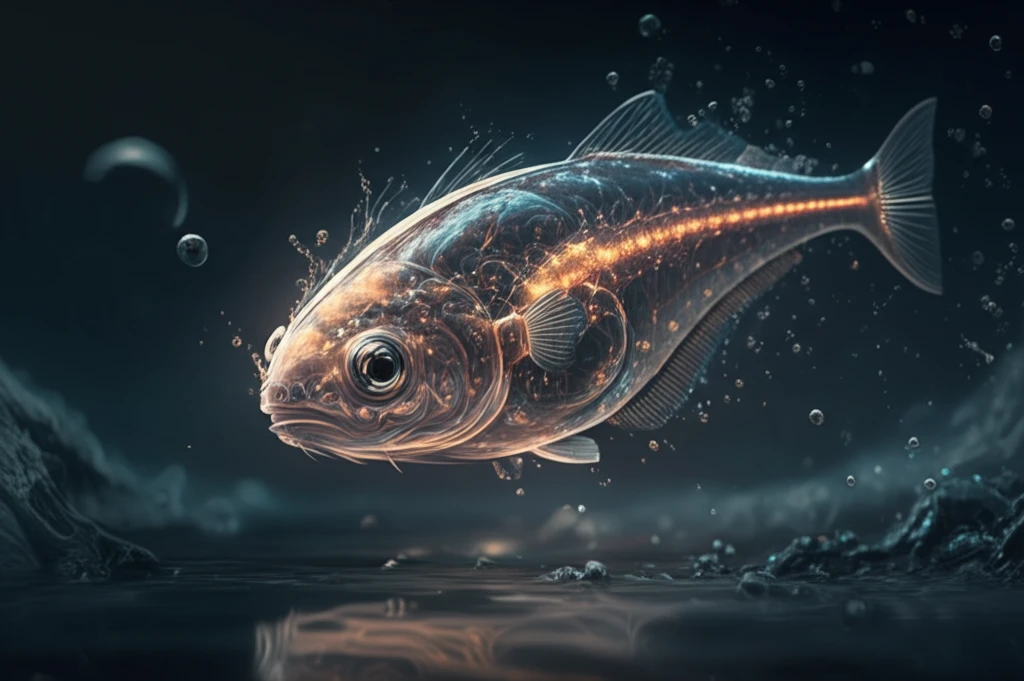
Unlock Your Turbot's Potential: A Guide to Embryo Health and Energy
"Dive into the fascinating world of turbot development and discover how understanding their energy metabolism can lead to healthier, more productive aquaculture practices."
For many involved in marine aquaculture, ensuring the health and vigor of fish from their earliest stages is paramount. The initial developmental phases are particularly critical, directly impacting year-class strength and overall success. These delicate stages are profoundly sensitive to environmental factors, and the quality of eggs plays a pivotal role in determining larval survival and subsequent performance. Understanding the intricacies of embryonic development is, therefore, not just academic—it's essential for successful fish farming.
Embryogenesis is an energetically demanding process. It relies heavily on a carefully orchestrated series of enzymatic systems that drive digestive physiology and substance metabolism. By studying energy metabolism, researchers can better estimate the nutritional requirements of developing embryos and larvae, optimizing broodstock conditions, and improving overall reproductive success. This knowledge forms the bedrock for informed aquaculture practices.
Considerable research efforts have focused on elucidating these early-life processes in fish. Enzymes, for instance, are not merely catalysts; they act as key indicators of development and predictors of survival. By examining specific enzymes and their activity patterns, scientists can gain invaluable insights into the energy mobilization and metabolic shifts that occur during these formative stages.
Decoding Turbot Energy: A Metabolic Blueprint

A recent study meticulously examined the catabolic capacities and energy metabolism in turbot eggs during embryogenesis and yolk-sac larval development. Researchers aimed to map out how turbot embryos manage their energy reserves, focusing on key enzymes involved in breaking down energy fuels like proteins and lipids. The team also investigated how these processes contribute to overall energy production.
- LIP activity followed a distinct 'low-high-low-high' pattern.
- TRY activity decreased to its lowest point during the blastula stage before increasing significantly after hatching.
- HOAD, AAT, LDH, and CS activities generally increased as development progressed.
- PK activity peaked during the cleavage stage and then declined until hatching.
Implications for Aquaculture
These findings suggest a carefully orchestrated shift in energy utilization as turbot embryos develop. Initially, carbohydrates are the primary fuel source, but as development progresses, amino acids and fatty acids become increasingly important. This knowledge could revolutionize aquaculture practices, leading to more tailored and effective feeding strategies. Understanding the energy production pathways—anaerobic versus aerobic—can also inform environmental management within aquaculture systems, ensuring optimal conditions for turbot development and growth. The path to healthier and more sustainable aquaculture lies in understanding these fundamental metabolic processes.
